Have You Healed Your Receding Gums? 5 Signs to Look For
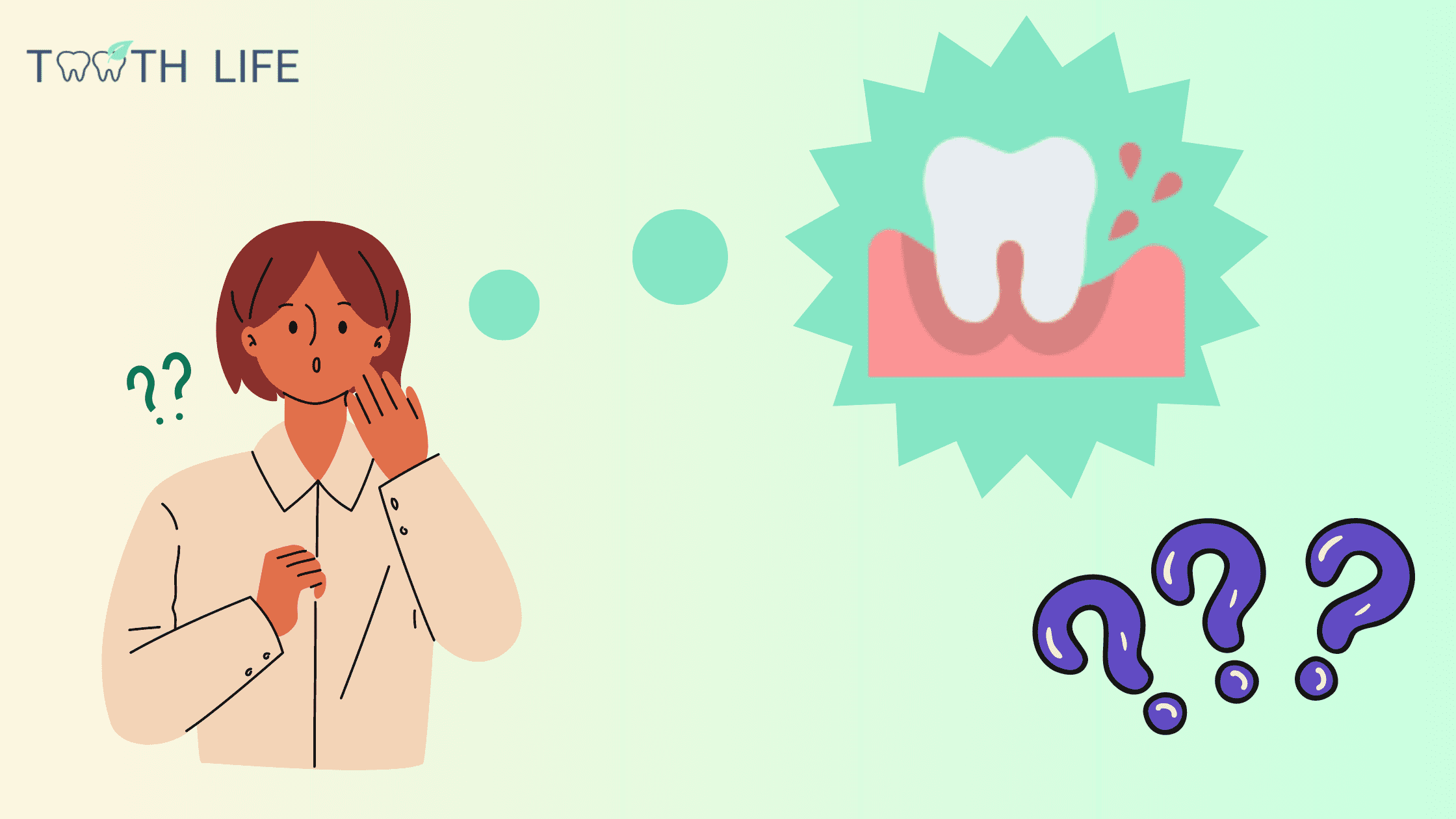 Gum recession is a real concern that becomes increasingly common as we age.
Gum recession is a real concern that becomes increasingly common as we age.
It sets in when one or more triggering factors are present, most often gum disease caused by plaque or chronic irritation.
Once you notice your gums starting to recede, the first thing to do is catch and treat the root cause. This is often all it takes to stop further damage and make your gums stronger and healthier.
But what if you’re hoping to regrow your gums completely? Is that even possible?
In this article, we’ll clear up common myths about treating receding gums and go over five signs that you have successfully healed them.
In this article...
1. The Truth About Treating Receding Gums
2. 5 Signs Your Receding Gums Are Healing
3. Options to Restore Receding Gums
4. Prevent Further Recession
The Truth About Treating Receding Gums
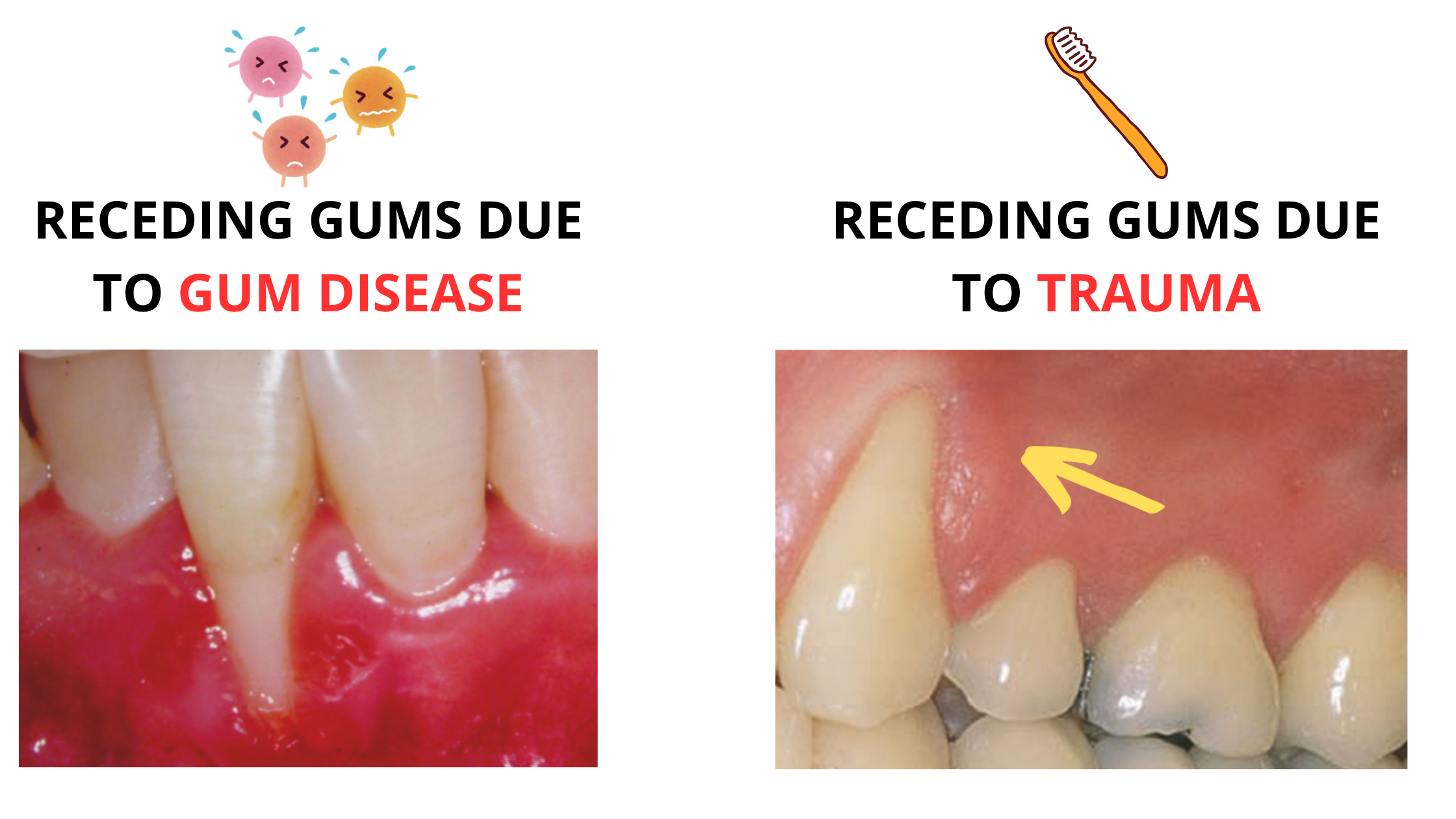
1. Advanced gum disease
Receding gums are often a telltale sign of advanced stages of gum disease. If plaque isn’t removed regularly, harmful bacteria can manage to slip beneath the gum line. They then trigger inflammation and begin breaking down the tissues that support your teeth, including the gums and bone.
At this stage, you may start noticing your gums pulling away, loose teeth, and unusual gaps forming between them.
2. Trauma or irritation
Receding gums can also result from chronic trauma or irritation. If you brush your teeth too aggressively or use a stiff toothbrush, it can wear away your gums and lead to recessions over time.
Why? Because as long as the causes persist, your gums will continue to recede no matter what you try.
Here’s how it's done:
-
Gum disease:
Treating receding gums due to advanced gum disease requires professional care — typically a deep cleaning procedure called scaling and root planing. This helps remove the root cause: plaque and tartar buildup on your teeth.
You can't do it on your own at home because gum disease creates deep pockets between your gums and teeth that daily brushing and flossing can’t reach. Only your dentist has the tools to clean these hard-to-reach areas.
-
Trauma:
If trauma is the cause, simply removing the source of irritation will help. Start by brushing more gently using small circular motions and switch to a soft-bristled toothbrush.
How Can I Tell If My Receding Gums Are Healing?
You can be confident that your treatment is working if your gums have stabilized, are no longer receding, and begin showing the five signs of gum health discussed below.
But will my gums grow back on their own after removing the cause?
Unfortunately, gum recession is irreversible. Once gum tissue is lost, it cannot regrow on its own. The only way to increase the gum line level is through surgical procedures.
That's why the earlier you act, the more you can save your gums and the simpler the treatment will be.
5 Signs Your Receding Gums Are Healing
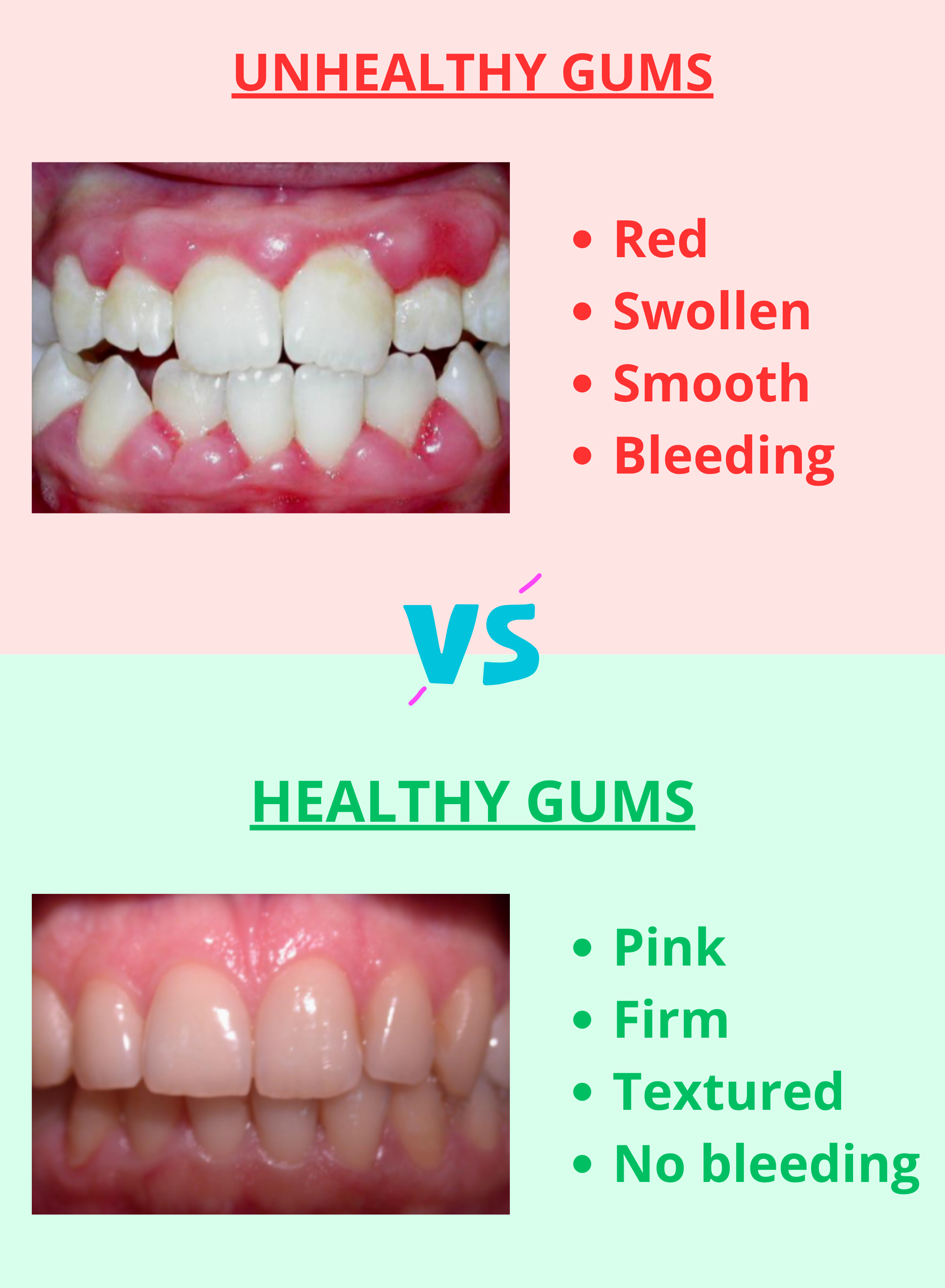
Here are 5 signs that your gums have healed:
1. No swelling
Swollen gums are a clear sign of inflammation, usually caused by plaque buildup. It often means you’re not brushing or flossing as you should.
The tricky part about swelling is that it can mask gum recession. When gums are puffy, they sit higher than normal and may cover areas where the gum has actually pulled away.
This can be so misleading because you might think your gums are not receding, even though they are—the swelling just hides it. This often leads to delayed treatment
Once the inflammation goes down and your gums return to their normal state after treatment, those previously hidden recessions can become more noticeable.
That’s why it’s common and completely normal for the gums to shrink slightly after a deep dental cleaning. It may look concerning at first, but it’s actually a good sign that the inflammation has resolved, and your gums have become healthier, firmer, and less swollen.
The more advanced the gum disease, the more noticeable the recession will look.
You can better visualize this in the image below:
- Left (before treatment): Gum inflammation hiding the recession.
- Right (after deep dental cleaning): The swelling has gone down, revealing the true gum line level.
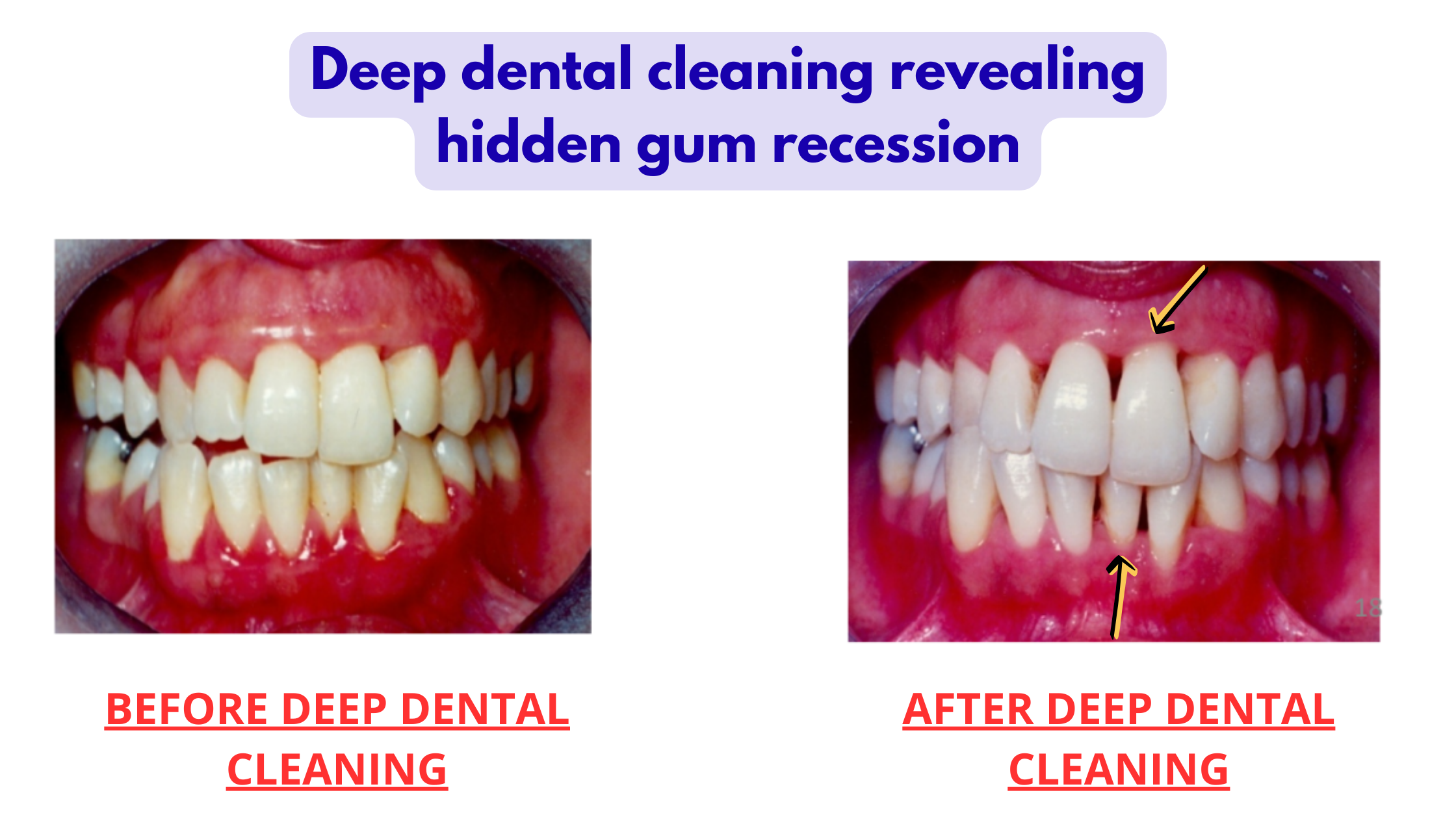
2. No redness
Healthy gums should look pink, not red or dark. If your gums have returned to a light pink color, that’s a strong sign of healing.
Though the natural gum color can vary from person to person. Those with darker skin tones have naturally darker gum pigmentation — and that’s completely normal.
3. No bleeding
Healthy gums shouldn’t bleed when you brush or floss (unless you accidentally hurt them). Bleeding is one of the earliest signs of gum disease.
If you’re new to flossing, it’s normal to notice some bleeding at first. Even if it seems like a lot, don’t stop your oral hygiene. With consistent brushing and flossing, the inflammation will gradually decrease, and the bleeding will stop on its own.
4. Firmer gums
Healthy gums should feel resilient and firmly attached to the teeth, not too soft, spongy, or loose.
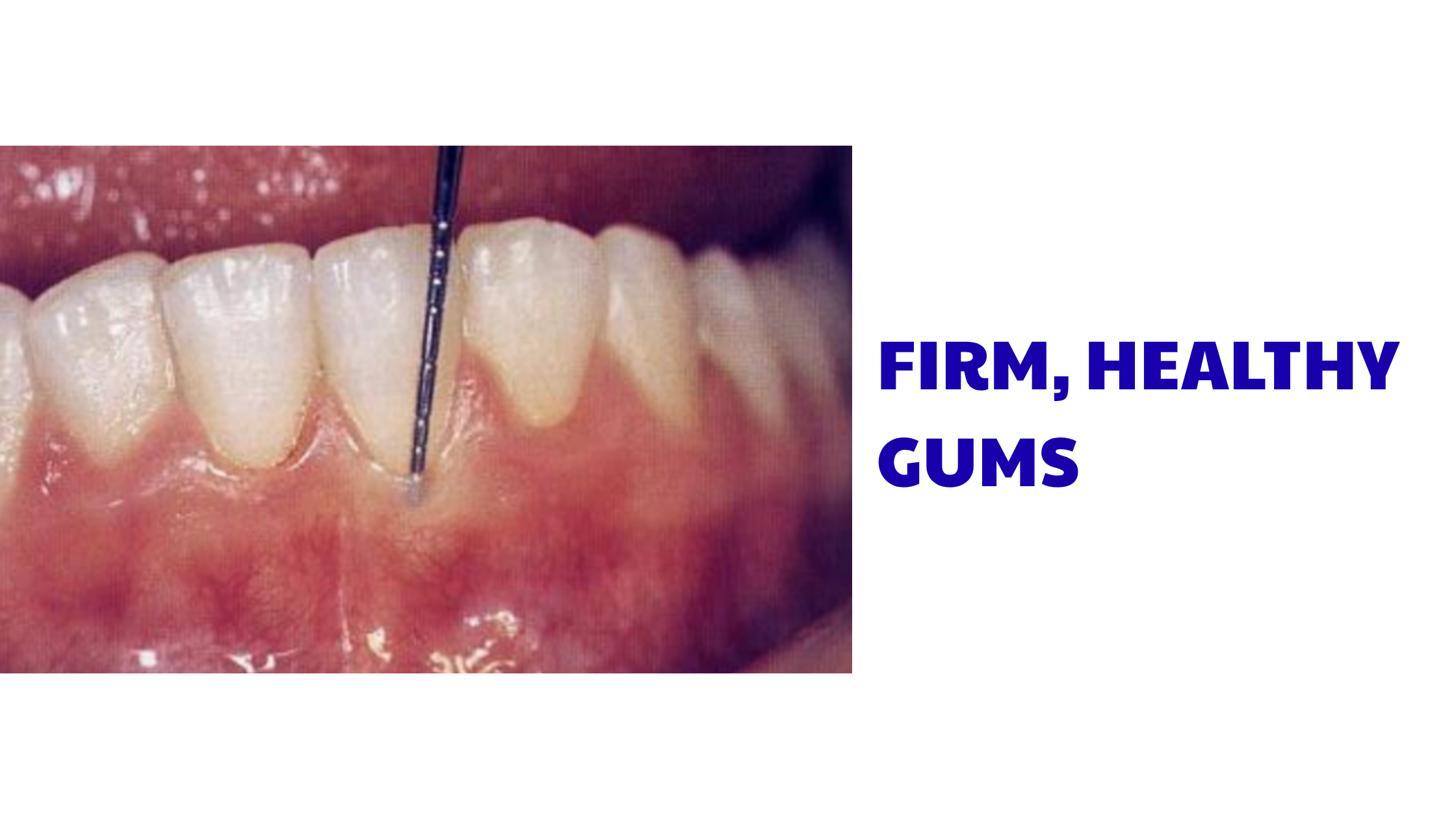 When loose or unhealthy gums are gently pressed with a finger or instrument, they take time to spring back to their normal position. Healthy gums, however, bounce back right away.
When loose or unhealthy gums are gently pressed with a finger or instrument, they take time to spring back to their normal position. Healthy gums, however, bounce back right away.
5. "Orange peel" texture
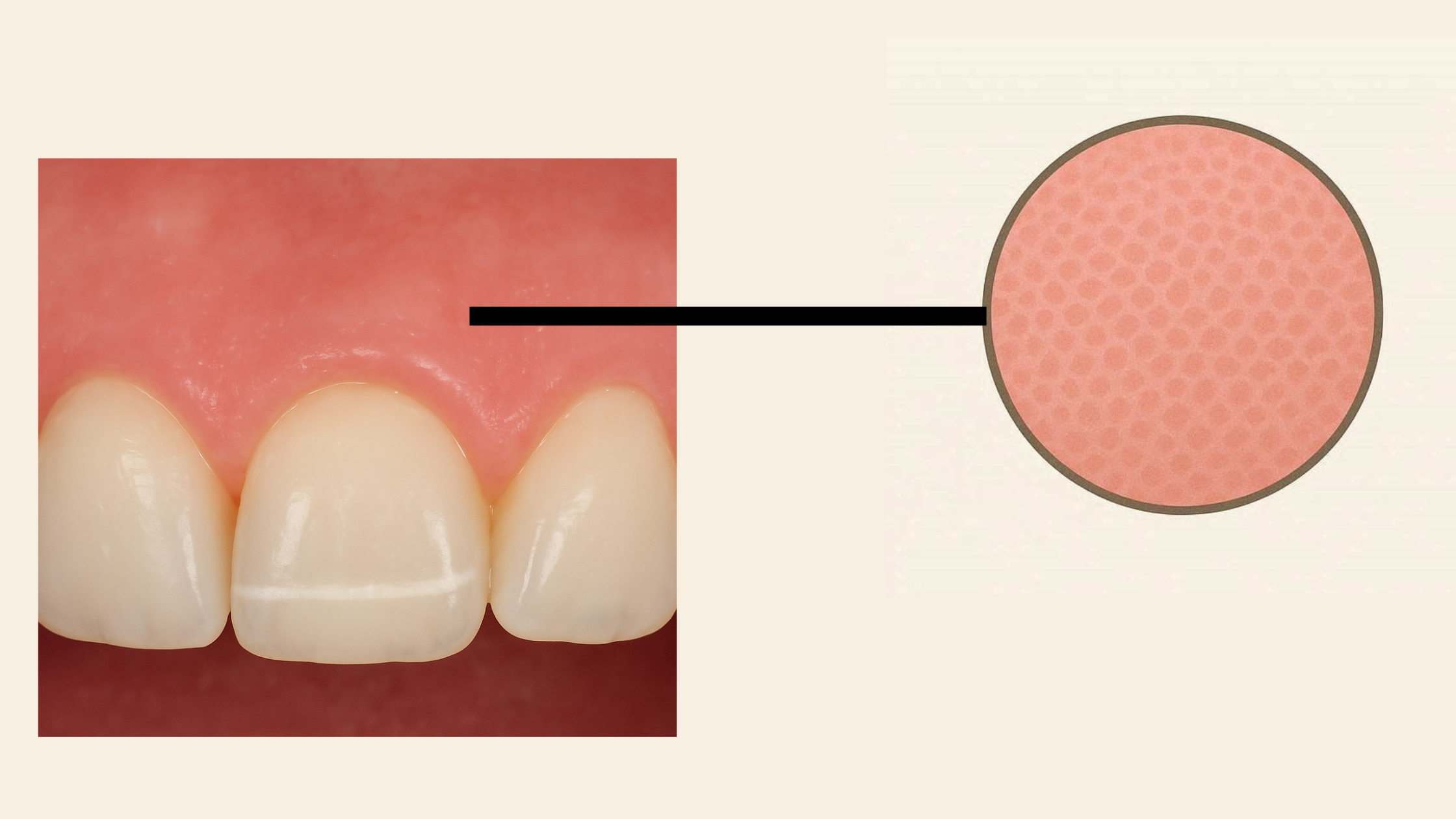
Healthy gums aren’t completely smooth — they have a slightly textured surface, covered with tiny grains like the skin of an orange. This “orange peel” appearance is a sign that your gum tissue is firm and well-attached to the underlying bone.
This natural texture disappears when gums are inflamed or diseased.
Options to Restore Receding Gums
There are several options to cover recessed areas. Some are surgical, others non-surgical.Before considering any treatment, your gums should be healthy and stable. This means any underlying causes have been dealt with, and your gums are no longer actively receding.
Surgical Option: Gum Graft
If your goal is to increase the height of your gum line, gum graft surgery is the best approach. There are different techniques, but the most common involves taking a small piece of tissue from the roof of your mouth, placing it over the recessed areas, and securing it with sutures.
But not everyone needs a gum graft. Simply stabilizing the gums and regular monitoring is often enough.
Whether you’re a good candidate for a gum graft is determined on a case-by-case basis, and your dentist or periodontist is the best person to guide you toward the right treatment.
Non-Surgical Options
Non-surgical alternatives can visually conceal areas of recessions, but they do not regenerate lost gum tissue. Their main purpose is to improve appearance by reshaping or repositioning teeth. Two common options are dental bonding and orthodontic treatment.
Prevent Further Recession
Whatever treatment you're on, the key to long-term gum health is consistent, proper daily oral hygiene. Here are some tips:- Brush twice a day: Use a soft toothbrush. Avoid harsh horizontal strokes; instead, use small circular motions that are gentler to your gums.
- Clean between your teeth daily: Use dental floss or an interdental cleaner, such as a water flosser.
- Eat a balanced, healthy diet: Include essential vitamins and minerals. Limit sugar intake, as sugars feed harmful bacteria that can cause gum disease and other dental problems.
- Reduce or quit smoking: Tobacco contains hundreds of toxins that weaken your immune system and reduce blood flow to your gums. Quitting will benefit not just your gums, but your overall health as well.
- Monitor medical conditions: Keep conditions such as diabetes or blood disorders under control, as they can directly affect your gums and overall oral health.
- Visit your dentist regularly: At least twice a year for professional cleanings and check-ups. You may need more frequent visits if you have advanced gum disease.